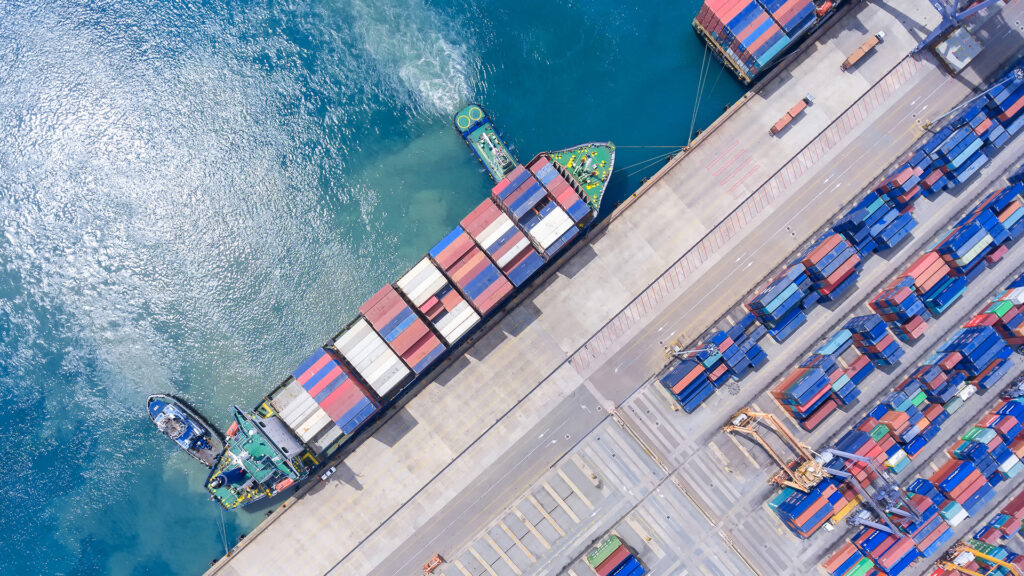Foreign investment in Australia’s mining sector – frequently asked questions (3): exploration and mining rights
This is the third in a series of seven articles being prepared by HFW which aim to answer frequently asked questions concerning foreign investment in Australia’s mining sector.
This is a version of an article that first appeared in the Asia Miner, January/February 2014 issue and is reproduced with permission. www.asiaminer.com
To view the Chinese language version, click here
In this third article, we will look at the exploration and mining rights available to mining companies.
Mining activities in Australia are regulated at the State and Territory level, so each State and Territory has its own mining laws that regulate the right to explore for and extract minerals. This article focuses on the licensing regime that applies in Western Australia and, while indicative of the regimes adopted in other Australian jurisdictions, it is important to note that each jurisdiction does have its own set of rules.
In Western Australia, mining activities are regulated by the Mining Act 1978 (WA) (the Mining Act), and the Department of Mines and Petroleum (DMP) oversees the granting and administration of mining rights through the issue of prospecting licences, exploration licences, retention licences, mining leases, general purpose leases or miscellaneous licences (known collectively as “mining tenements”). While the mining tenement application process is relatively streamlined, it is important to note that third parties can object to an application, and if the DMP receives an objection, the application will be referred to the Mining Warden for a formal hearing which can lead to delays (or refusal of the application).
Prospecting and exploration licences
The first stage of a mining project involves exploration. A person may not undertake exploration activities without either a prospecting or an exploration licence.
A prospecting licence authorises a person to enter land for the purpose of prospecting and undertaking activities necessary for that purpose (e.g., drilling bore holes and trenches, and removing sample materials for testing). A prospecting licence remains in force for four years and may be extended in certain circumstances with the consent of the DMP.
The maximum area for a prospecting licence is 2 km2 (no minimum size is specified) and restrictions apply to the amount of materials that a licensed holder may extract from the licenced area.
A prospecting licence may be transferred without consent from the minister. An application for a prospecting licence is however not transferrable.
An exploration licence, much like a prospecting licence, authorises the licence holder to enter land for the purpose of exploring for minerals. Notable differences between a prospecting licence and an exploration licence include: the application process for an exploration licence requires greater disclosure of the programme of works that the applicant intends to undertake; an exploration licence can apply over a much larger area (up to approximately 210 km2, or 600 km2 for areas designated by the minister by Gazette); and an exploration licence allows the licence holder to extract a greater volume of materials from the licensed area (for analysis purpose). Furthermore, an exploration licence remains in force for five years and with the consent of the DMP is renewable for one period of five years and by a further period or periods of two years.
At the end of the sixth year of its term, the holder of an exploration licence which exceeds more than “10 blocks” (each “block” being the equivalent of approximately 3 km2) is required to surrender 40% of the licence. This relinquishment obligation encourages licence holders to actively explore the licensed area during the initial term of the licence. An exploration licence with approved retention status (refer below) is exempt from the compulsory relinquishment requirement.
An exploration licence may not be transferred during the first year without the prior written consent of the minister.
Mining lease
A mining lease is required for the development of any mineral deposits discovered during the exploration phase.
The holder of a prospecting licence or an exploration licence enjoys the right to apply for a mining lease in respect of all or part of the area licensed to them. An application for a mining lease is required to be accompanied by detailed information that sets out the basis upon which the applicant intends to conduct a mining operation. In assessing an application, the DMP will consult with other governmental departments (including, where applicable, the Environmental Protection Authority) regarding the impact of the proposal.
There is no minimum size prescribed for a mining lease. Maximum size will depend on mineralisation as well as the area that may be necessary for infrastructure requirements.
A mining lease remains in force for 21 years and may be renewed for a further period of 21 years as of right. Subject to the responsible government minister’s consent, further renewal of successive periods not exceeding 21 years is possible.
A mining lease may not be transferred or mortgaged without the prior written consent of the responsible government minister.
Retention licence or retention status
The holder of a mining tenement may apply to convert its interest to a retention licence if there is known mineralisation within the licensed area but it is not yet economically feasible to commence mining (e.g., political, environmental or other difficulties associated with obtaining all requisite approvals). This allows the holder who has located a mineral resource to postpone development until it becomes economically viable. Certain conditions that attach to mining tenements are exempted or reduced proportionally once it is converted into retention status or becomes a retention licence.
Ancillary titles
Ancillary titles are also available in Western Australia. These licences – which include the general purpose lease and the miscellaneous licence – are granted to facilitate the conduct of mining activities. A general purpose lease entitles the holder to erect and operate mining machinery, to store minerals and tailings and to use the land for other purposes ancillary to mining. A miscellaneous licence may be granted for the use of land for a prescribed purpose such as road, tramway, aerial ropeway, power line, conveyor belt systems, tunnel, bridge or water consumption for mining purposes. An ancillary title may not be transferred or mortgaged without the prior written consent of the responsible government minister.
It is important to note that all mining tenements are granted subject to various conditions that need to be complied with in order to maintain them in good standing. For instance, tenement holders must comply with minimum annual expenditure conditions; regularly submit reports detailing their mining activities; post security bonds; and meet conditions aimed at safeguarding the environment and indigenous cultural heritage. Furthermore, prior to undertaking any mining activities, a mining tenement holder must obtain the consent of any landowners or occupiers that may be impacted by the mining activities.
For more information, please contact Aaron Jordan, Partner, on +61 3 8601 4500 or aaron.jordan@hfw.com, or Connie Chen, Special Counsel, on +61 2 9320 4616 or connie.chen@hfw.com, or your usual contact at HFW.
The first article in this series, “Australian’s Foreign Investment Notification Regime”, is available from www.hfw.com/investment-in-Australias-mining-sector-November-2013.
The second article in this series, “Business structures”, is available from www.hfw.com/Foreign-investment-in-Australias-mining-sector-(2)-December-2013.
Download a PDF version of ‘Foreign investment in Australia’s mining sector – frequently asked questions (3): exploration and mining rights’











